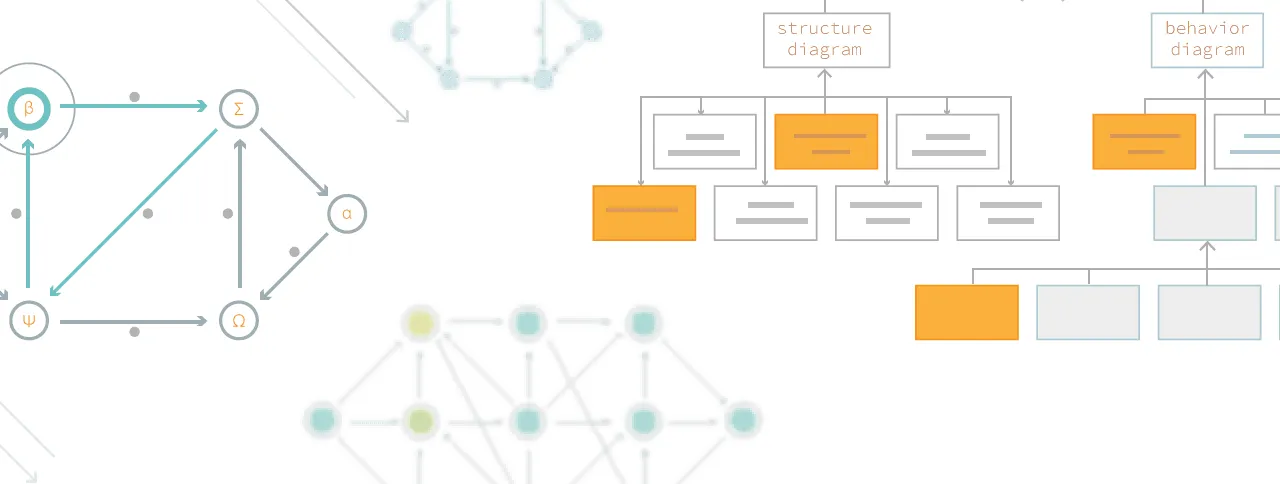
Introduction to Operating Systems 
Introduction to Operating Systems is a graduate-level course that covers the fundamentals of operating systems. It covers topics such as concurrent programming, inter process communication, and distributed operating systems. The course is divided into four sections: Introduction, Process and Thread Management, Resource Management and Communication, and Distributed Systems. Students will gain a comprehensive understanding of the abstractions, mechanisms, and implementations of operating systems. ▼
ADVERTISEMENT
Course Feature
![]() Cost:
Cost:
Free
![]() Provider:
Provider:
Udacity
![]() Certificate:
Certificate:
No Information
![]() Language:
Language:
English
![]() Start Date:
Start Date:
On-Demand
Course Overview
❗The content presented here is sourced directly from Udacity platform. For comprehensive course details, including enrollment information, simply click on the 'Go to class' link on our website.
Updated in [June 30th, 2023]
This course, Introduction to Operating Systems, provides an introduction to the basic operating system abstractions, mechanisms, and their implementations. It is divided into four sections: (1) Introduction, (2) Process and Thread Management, (3) Resource Management and Communication, and (4) Distributed Systems. In the Introduction section, students will learn the fundamentals of operating systems, including their structure, components, and functions. The Process and Thread Management section will cover topics such as process scheduling, synchronization, and inter-process communication. The Resource Management and Communication section will cover topics such as memory management, file systems, and networking. Finally, the Distributed Systems section will cover topics such as distributed systems architecture, distributed algorithms, and distributed file systems. By the end of the course, students will have a comprehensive understanding of the fundamentals of operating systems.
[Applications]
The student should be able to apply the knowledge gained from this course to develop and maintain operating systems. They should be able to design and implement efficient algorithms for process and thread management, resource management, and communication. Additionally, they should be able to develop distributed systems and understand the principles of distributed computing. Finally, they should be able to analyze and evaluate the performance of operating systems.
[Career Path]
One job position path that could be recommended to learners of this course is a Systems Administrator. Systems Administrators are responsible for the installation, configuration, and maintenance of computer systems and networks. They are also responsible for troubleshooting any issues that arise with the systems and networks. They must be knowledgeable in operating systems, networking, and security protocols.
The development trend for Systems Administrators is to become more specialized in certain areas. As technology advances, there is a need for Systems Administrators to become more knowledgeable in specific areas such as cloud computing, virtualization, and security. Additionally, Systems Administrators are expected to have a greater understanding of scripting and automation tools to help streamline processes. As technology continues to evolve, Systems Administrators will need to stay up to date with the latest trends and technologies in order to remain competitive in the job market.
[Education Path]
The recommended educational path for learners interested in interactive 3D graphics is a Bachelor's degree in Computer Science with a focus on Computer Graphics. This degree will provide students with a comprehensive understanding of the fundamentals of computer graphics, including topics such as 3D modeling, animation, rendering, and game development. Students will also learn about the mathematics and algorithms used to create 3D graphics, as well as the software tools used to create them.
The development trend for this field is to focus on creating more realistic and immersive 3D graphics. This includes the use of advanced techniques such as ray tracing, global illumination, and physically based rendering. Additionally, the use of artificial intelligence and machine learning is becoming increasingly important in the field of 3D graphics, as these technologies can be used to create more realistic and lifelike animations. Finally, the use of virtual reality and augmented reality is becoming increasingly popular, as these technologies allow for more immersive and interactive 3D experiences.
Course Provider

Provider Udacity's Stats at AZClass
Discussion and Reviews
0.0 (Based on 0 reviews)
Explore Similar Online Courses

Product Marketing Online Course - Creating a Need

Preparing Your Move to Entity Framework Core 5: Whats New and Whats Improved

Python for Informatics: Exploring Information

Social Network Analysis

Introduction to Systematic Review and Meta-Analysis

The Analytics Edge

DCO042 - Python For Informatics

Causal Diagrams: Draw Your Assumptions Before Your Conclusions

Whole genome sequencing of bacterial genomes - tools and applications

Cryptography II

Reinforcement Learning


Start your review of Introduction to Operating Systems